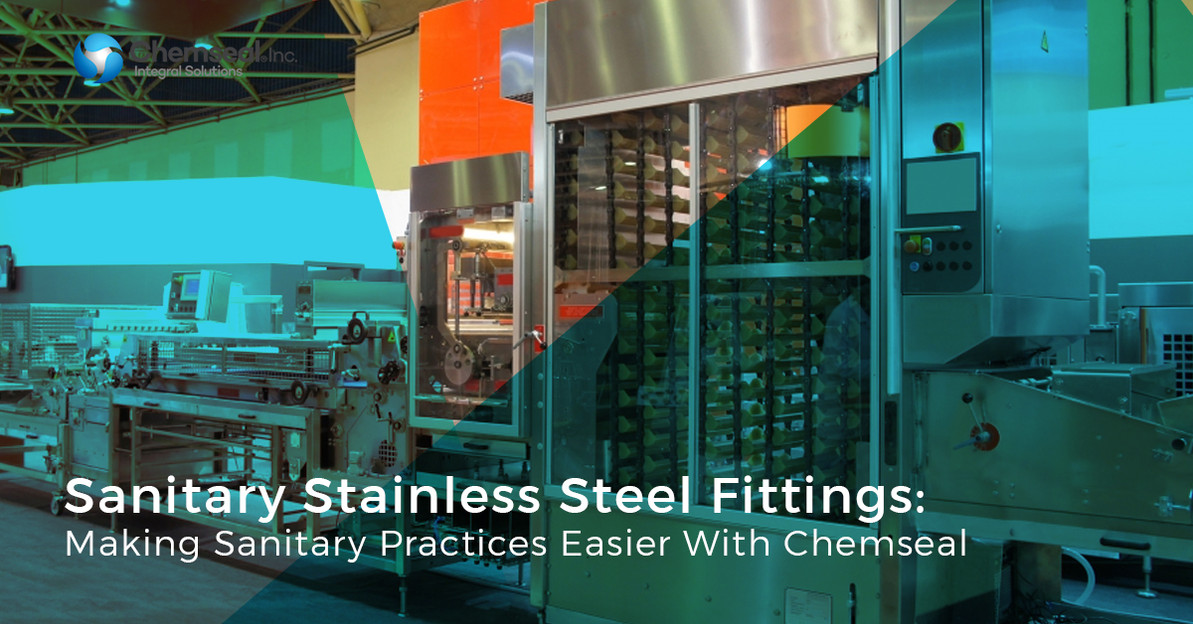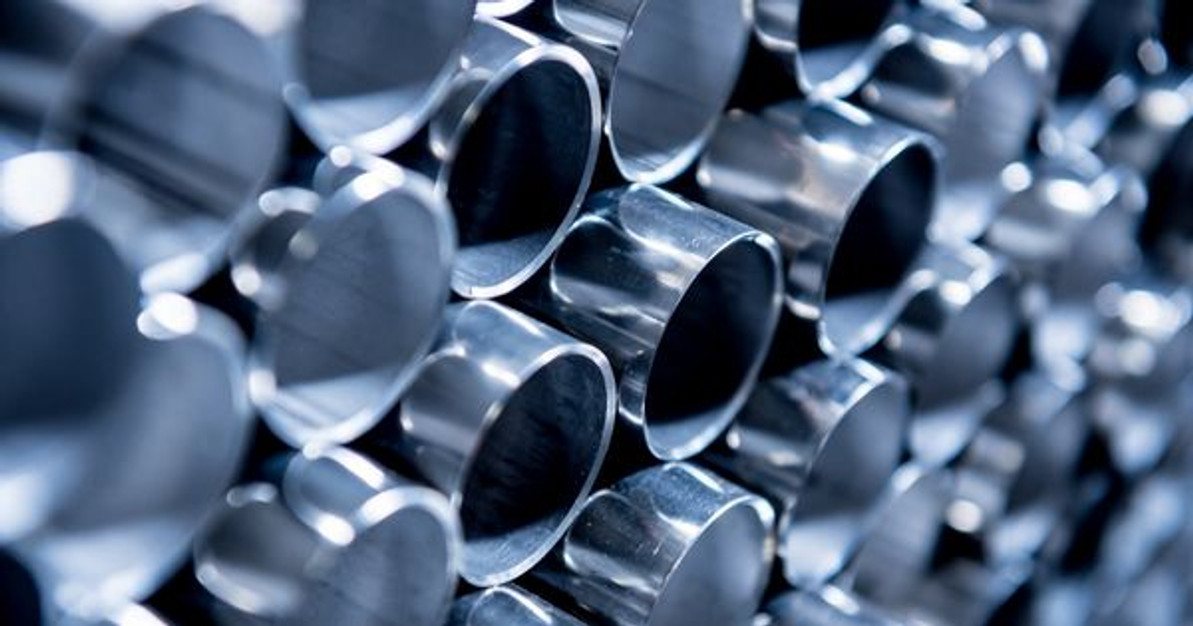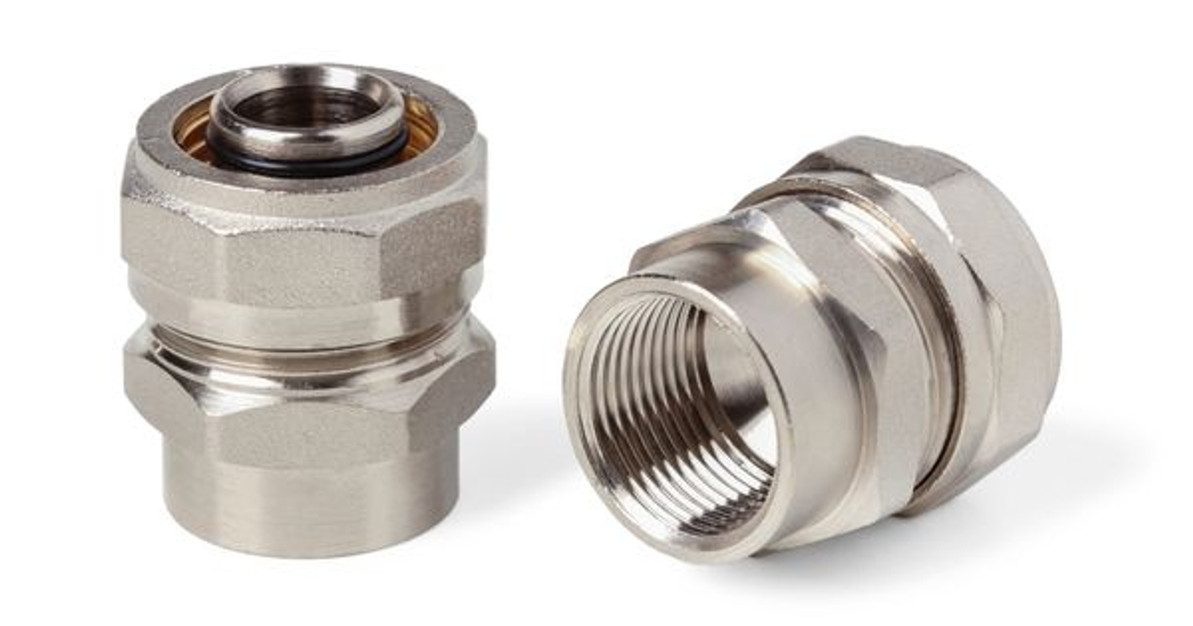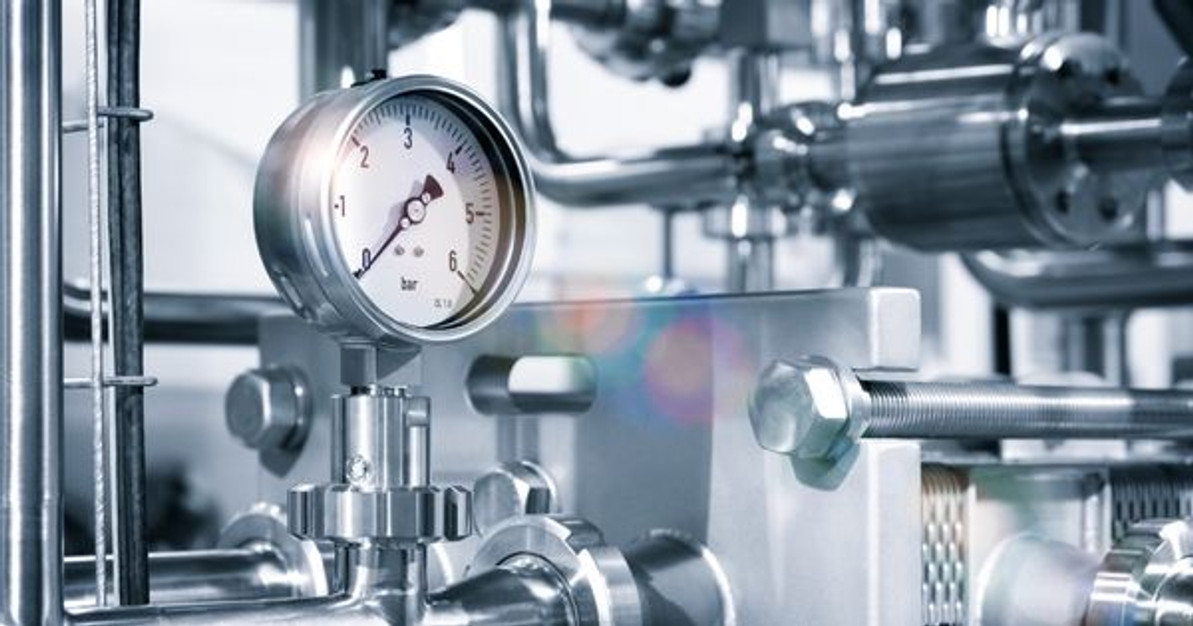 Aug 15th 2017
Aug 15th 2017 Sanitary Stainless Steel Fittings: Making Sanitary Practices Easier With Chemseal

Have you ever dealt with food poisoning or sickness from improperly handled food before? Many people have, and if you’ve had the misfortune of going through this terrible experience, then we don’t need to explain to you how miserable it is. While we firmly believe that food poisoning just shouldn’t exist altogether for the sake of everyone’s well being, the reality is that improper hygienic practices lead to issues with food poisoning. At Chemseal, our sanitary stainless steel fittings are dedicated to providing the very finest quality in food sanitation, fluid process sanitation, and more.
The Right Sanitation Processes Matter
While proper food and beverage sanitation involves much more than just having the right stainless steel materials, our steel sittings ensure that your production meets federally regulated standards and helps guarantee a quality product. Chemseal is passionate about the right sanitation processes in production operations, and in today’s blog post, we’re going to cover the importance of having the right equipment and taking the right precautions. These apply to manufacturing and processing food, beverages, pharmaceutical products, dairy products, and more consumer packaged goods. Feel free to shop our integral solutions here at Chemseal. Otherwise, let’s dive into the importance of sanitation.
Food Processing Can Be High-Risk
Every day around the world, countless food processors are faced with the inherently high-risk decision to begin production. What’s the main key factor in determining whether or not to begin production? It’s the effectiveness of the most recent cleaning and sanitation of their manufacturing environment. These pre-production judgement calls typically need to be made quickly and under tight budgets and schedules. That means that it’s vitally important for the success of an operation to have a hygiene monitoring and testing program that can be relied on in order to provide both accurate and precise results.
As Clean As Possible
Yes, there is no sampling method currently on the market that is capable of recovering 100 percent of the contaminants and organisms present in manufacturing environments. That being said, food processors and professionals within the sanitation process industry still need to be as confident as possible before they begin production. They need to know for a fact that the surfaces they are working on are sufficiently clean in order to properly comply with quality assurance criteria while reducing the risk of potential food contamination. But is strict quality assurance compliance enough to effectively reduce the risk of food contamination?
It’s More Complicated Than Quality Assurance
While quality assurance (QA) compliance is enough of a motivating factor in itself to guarantee good food safety practices, the risk factors are more complicated than the mere failure to comply with QA.
Things like improper cleaning can actually result in cross-contamination with spoilage or pathogenic organisms that may impact product quality or safety. Sometimes, cross-contamination can blow up to the point of product recalls or even unwanted media attention - surely a public relations nightmare for any company. When you add in the potential financial tool and regulatory agency involvement that takes place when a contamination occurs, it really starts to become clear just how important making sure surfaces and equipment are absolutely as clean as possible. By that, we also mean as sanitary as possible. Isn’t that that same thing as ‘clean’? Well, not exactly.
Cleaning vs Sanitizing
One of the first things that a food manufacturing plant operator can do (or should do, for that matter) is take a step back and understand the difference between cleaning and sanitizing. After all, they are not one and the same, though many people just assume that this is the case. While cleaning involves the removal of food residue and other types of soils from surfaces, sanitizing refers to actually reducing the number of microorganisms to safe levels. Usually, sanitation occurs through heat or chemical processes.
Stay Tuned With Our Sanitation Experts At Chemseal!
In our next blog post, our sanitary stainless steel fitting experts are going to continue covering the sheer importance of food sanitation and our involvement with the hygienic process. We’re proud to provide the integral solutions market with the finest quality in sanitary stainless steel valves and other steel fittings. So why not make your manufacturing operation our next happy success, and sanitary customer? Get in touch with Chemseal today.
 Aug 15th 2017
Aug 15th 2017 Recent Posts
-
Nov 7th 2022
What Is Food-Grade Stainless Steel Tubing?
Businesses that produce food and beverage products must operate hygienically. Sterile environments a …Nov 7th 2022
-
Oct 11th 2022
Why Sanitary Fittings Are Important for the Medical Industry
Sanitary fittings are useful for many industries. Food and beverage manufacturers have used these to …Oct 11th 2022
-
Sep 23rd 2022
What Is the Max Operating Temperature for Stainless Steel?
Stainless steel is valued in many industrial applications because it’s capable of withstanding high …Sep 23rd 2022





